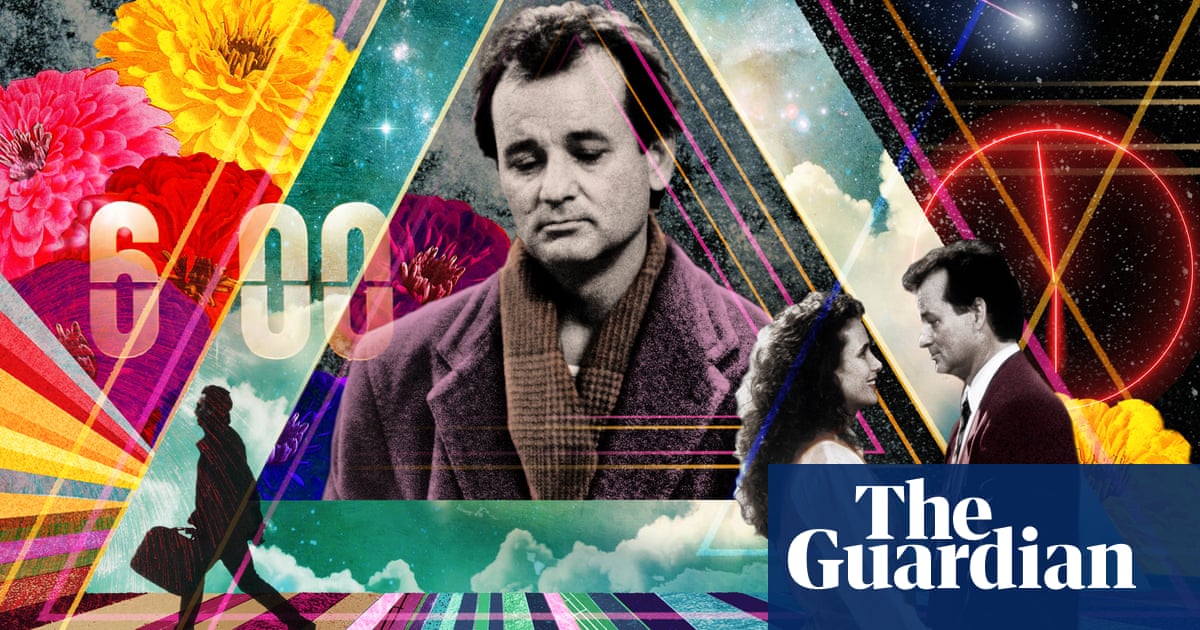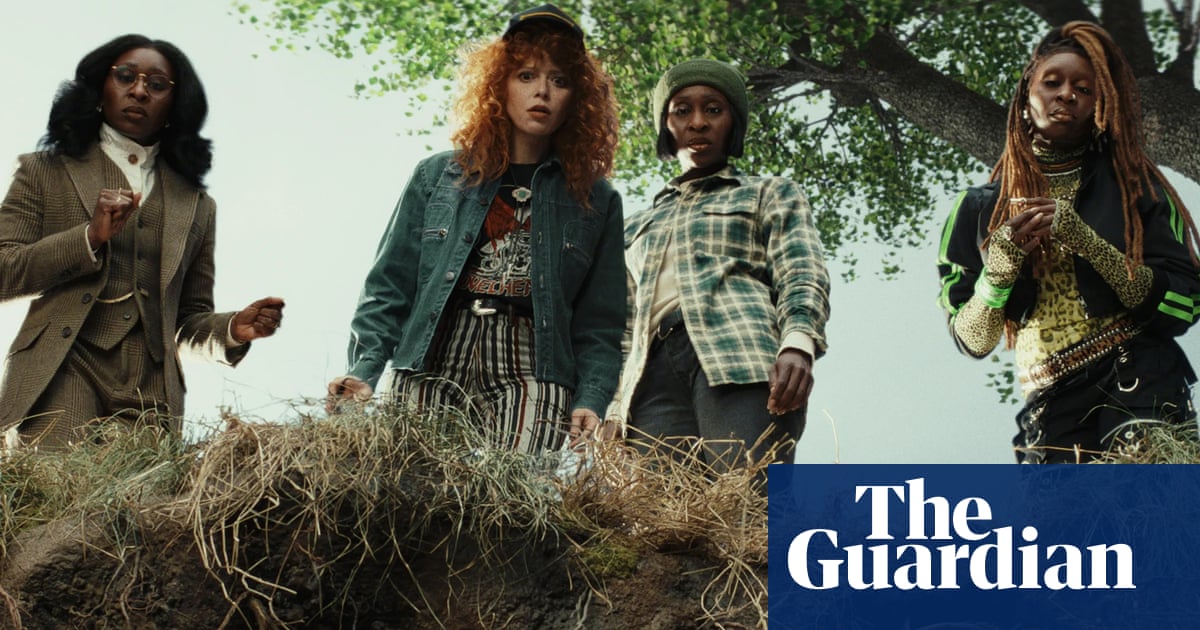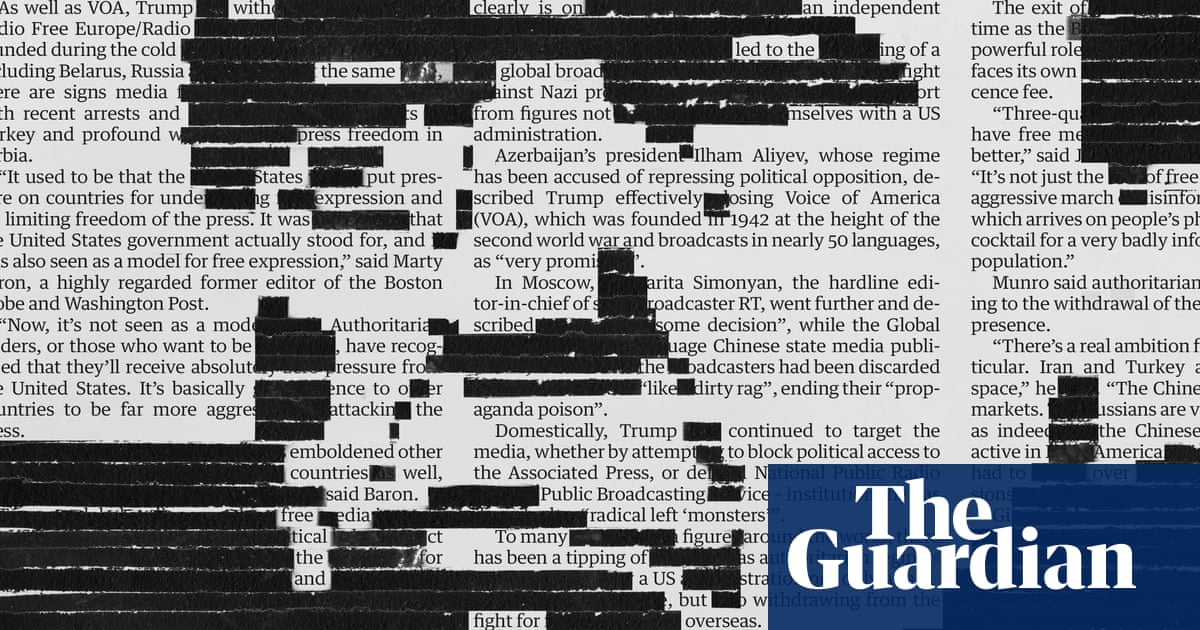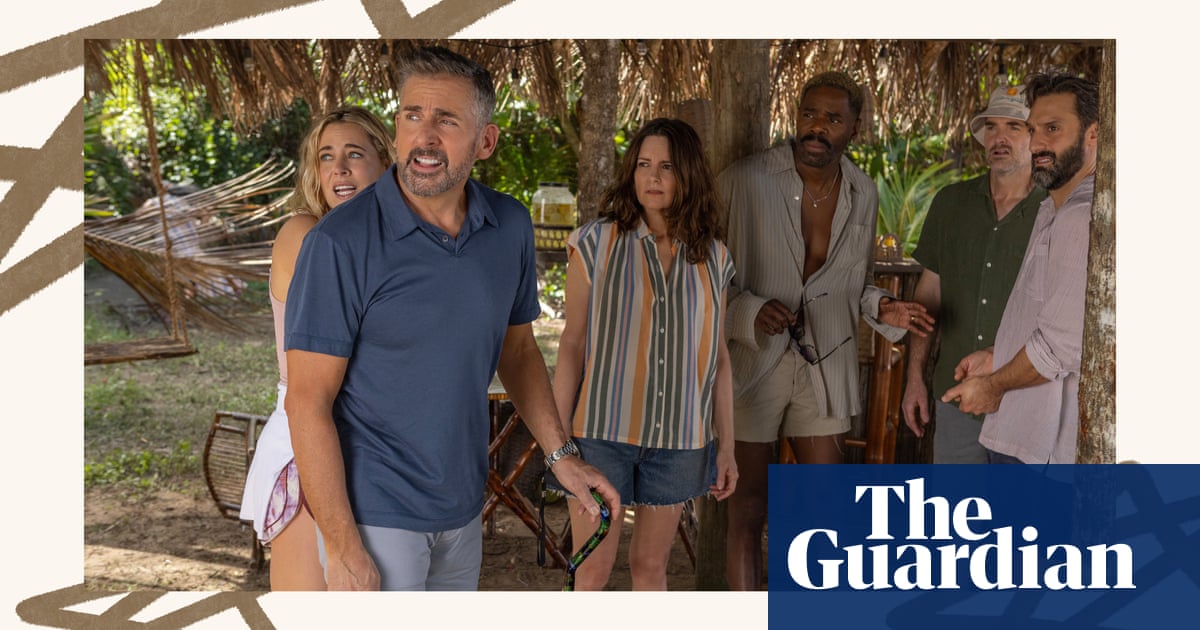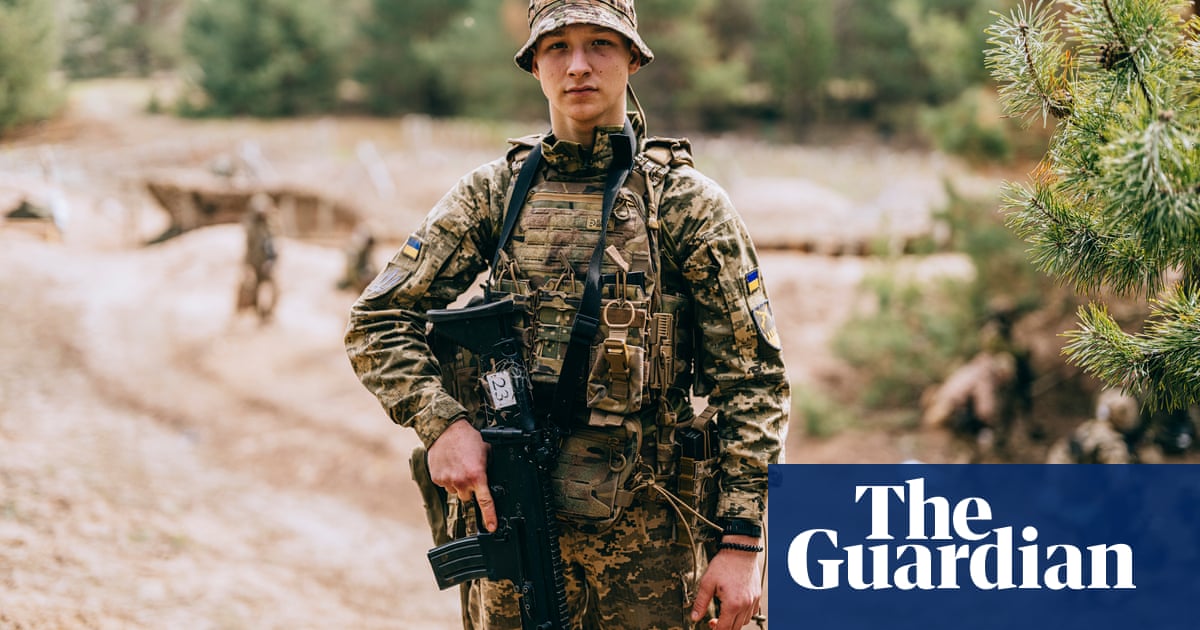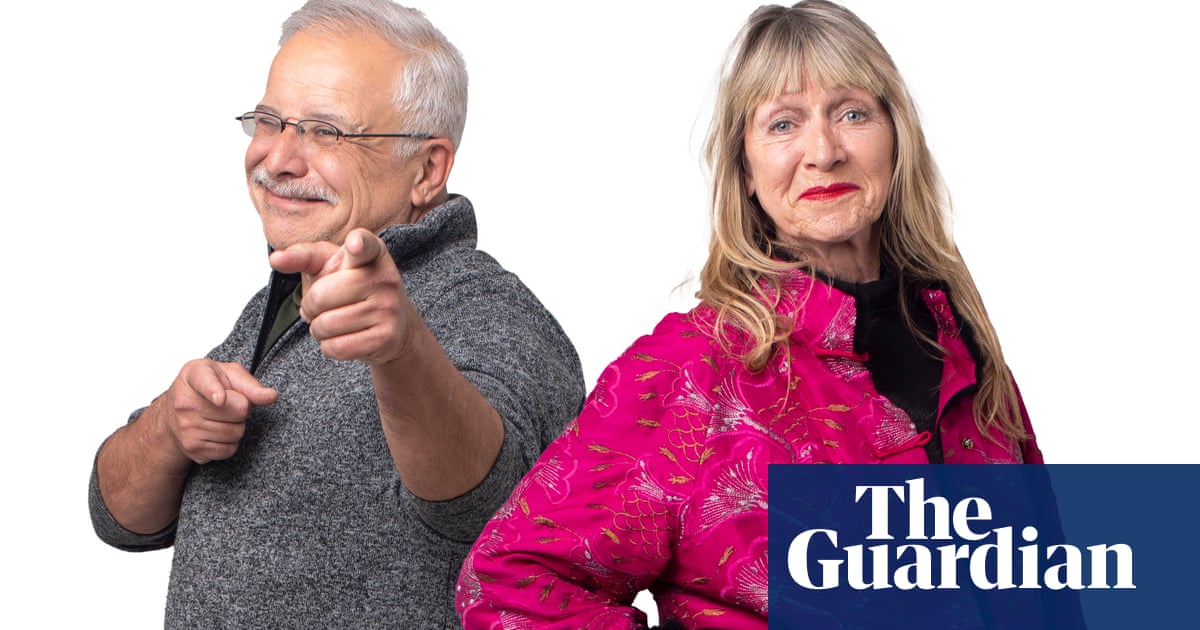John Harris’s observations on the implications of using unsuitable phone apps for navigation when walking in the wilds resonated with me (We now leave navigation to our phones. The result: more of us are getting hopelessly lost, 27 April). In terms of practical advice, though, rather than using the Ordnance Survey app backed up with a paper map, I do it the other way round.
Using a 1:25,000 OS paper map as the primary navigational aid conserves phone battery and allows you to keep an eye on the wider landscape for navigational clues all the time; and the scale is fixed, so after becoming accustomed to it, you have a feel for distances while on the move.
The OS Maps app is useful for zooming in on detail, and really comes into its own with its little red locator arrow if, for instance, there is no sign of a path on the open moor. And, of course, it is a godsend if you do lose your way. It is also great for plotting out a route before setting off, to calculate the distance and time to be walked (much more accurate and quicker than laying out bits of string on the paper map, which is how I used to do it). The OS app is the only phone app I pay for, and it is worth every penny.
Juliet Woodin
Nottingham
John Harris’s highly pertinent piece on navigation in the outdoors highlights both the issues and some ways to avoid problems. As an experienced hill walker and bird surveyor, I use the Ordnance Survey subscription OS Maps on my desktop. You soon learn to either print off or screenshot paper maps of varying scales. These can be made semi-waterproof with art pastels fixative and you are never without a perfect paper map matched to your purposes. Add a compass and off you go. We have just used five such maps to guide a curlew survey in south Cumbria and a climb of Blencathra, with stunning views of the lakes.
John D Peatfield
Bowston, Cumbria
As one of your “older” readers, I laughed out loud to read John Harris saying paper maps can occasionally be useful in our app-disoriented days. I still make my way round London using my old A-Z (it is still being published), and I pass many people on street corners turning their mobile phones round and round, frowning, obviously lost. Occasionally I offer assistance. I understand that this is no help on a mountain, but I think it is worth reminding readers that it certainly is helpful in central London.
Barbara Ewing
London
Sound advice from John Harris about how to use maps to avoid the navigational hazards of GPS. For a simple space-time device, keep a pencil handy for sunny days. Held vertically on a flat surface (even a car dashboard can serve), it will cast a shadow to the north at solar noon (1pm BST) – the shadow will appear to move 15 degrees to the east every hour. Check the time, and you may then work out your direction accordingly. But keep the compass for overcast days.
Austen Lynch
Garstang, Lancashire
I’ve never used GPS or What3words. I have a library of Ordnance Survey 1:25,000 maps that is augmented for each new trip. They are wondrous geographical and historical resources. I am laughed at by my juniors. Grid references and compass use enforce a spatial awareness and numeracy beyond the understanding of millennials. What will they do when the lights go out? Bring it on.
Michael Heaton
Warminster, Wiltshire

.png) 13 hours ago
6
13 hours ago
6
